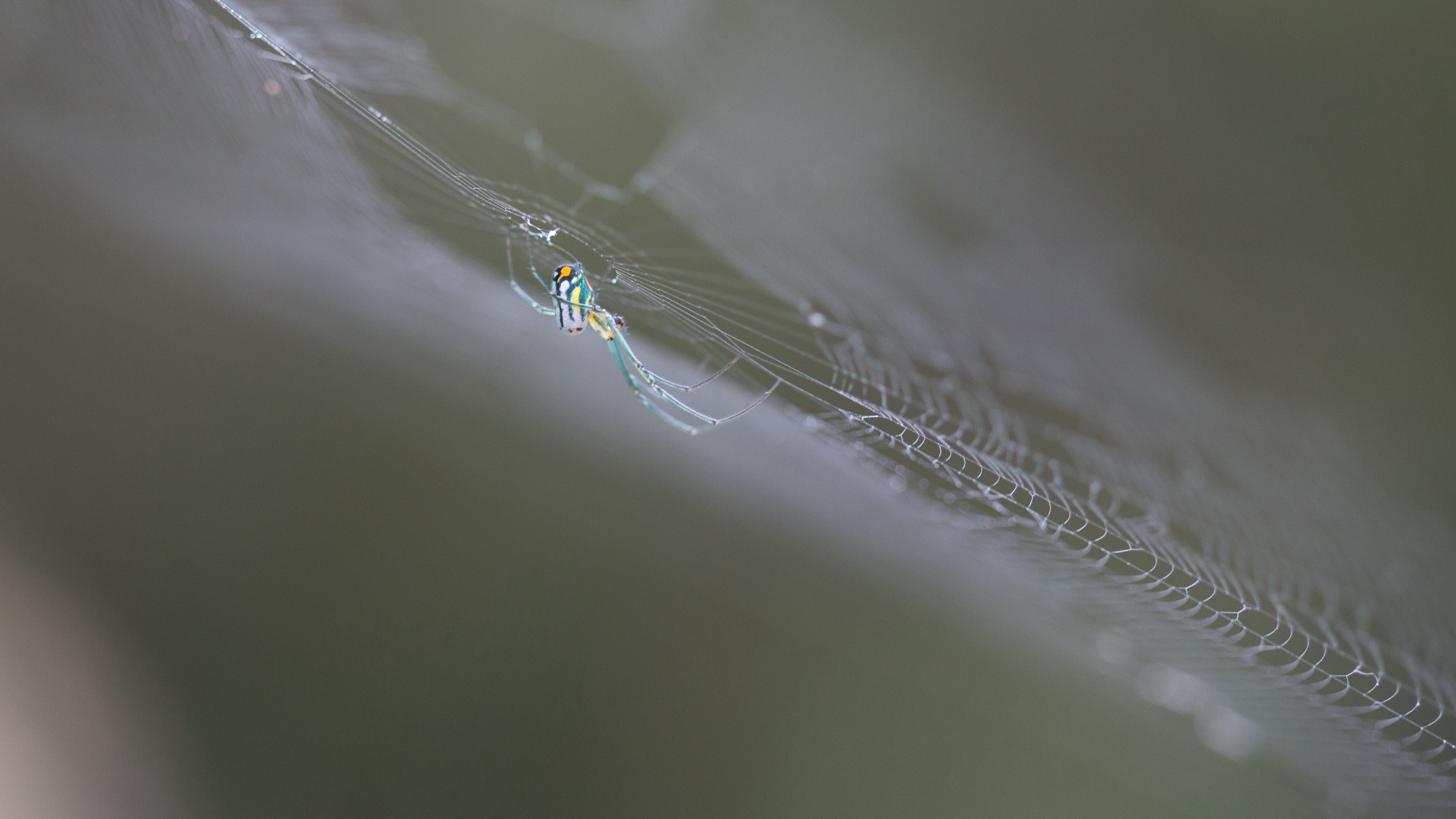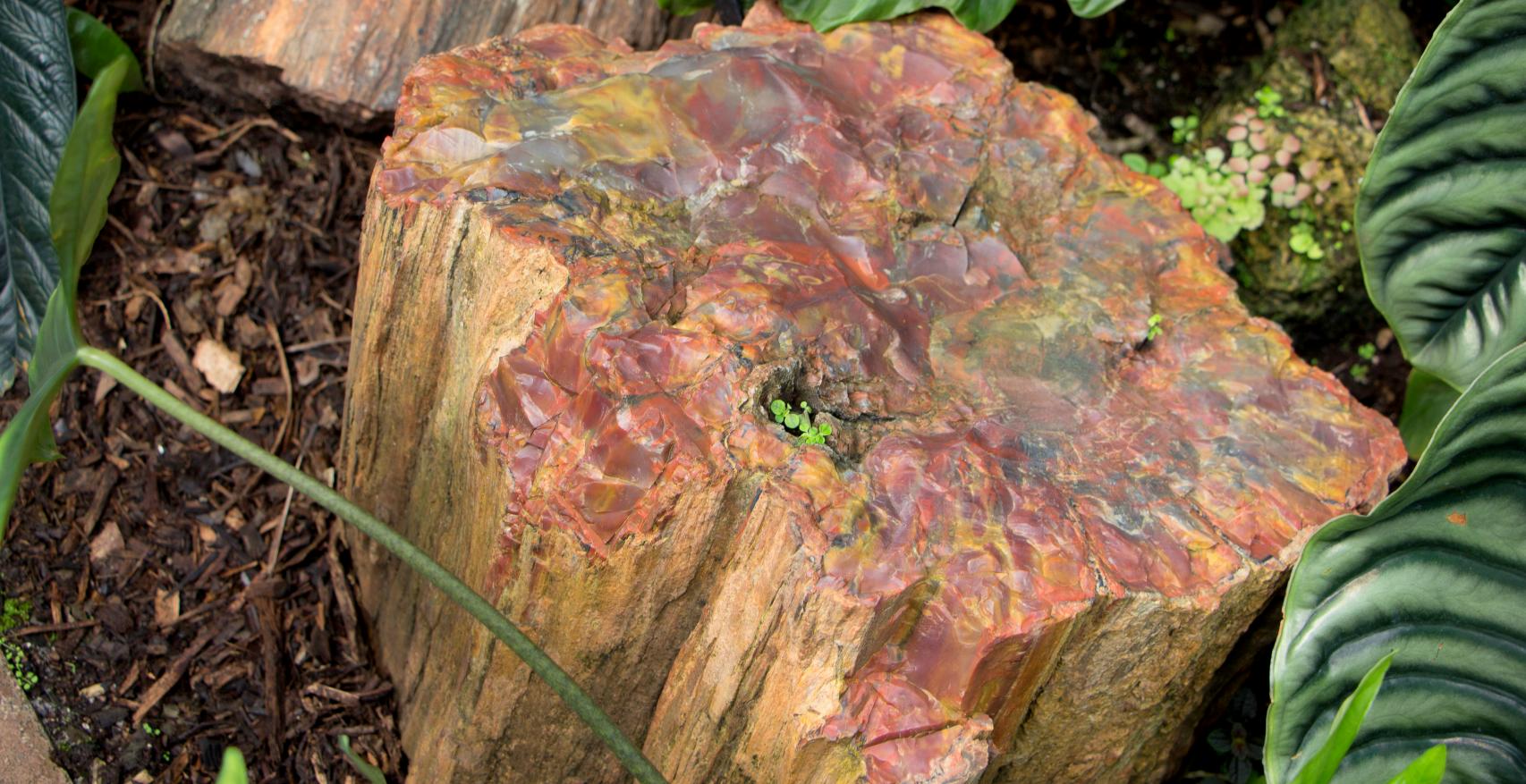Herbarium
Just when I thought I know about everything, my friend Larry, Palm biologist, Ph. D. taught me a new thing I did not know anything about: a herbarium, which is a library where all kinds of plant specimens are stored and made available to scientists doing research on plants. The specimens in herbaria (that's the plural form of herbarium) are often used as reference material in describing plant taxa.
This herbarium belongs to Fairchild Tropical Botanic Garden, and it now houses the collection that belonged to the Florida Atlantic University.
Plant specimens collected in the wild are identified, parts of which are then prepared by preservation techniques that are quite involved: pressed, dried, frozen, mounted and stored away in controlled environments. The photo shows Larry pretending to look up some specimens that are stored as families with weird botanical binomial names. So, if you do not know the family name of a species of plant that you are interested in, good luck to look it up in here.
France has the largest herbarium in the world: Musée national d’histoire naturelle, located in Paris, France and in many other parts of the country. It is no surprise the French are on top here because France started the first ever herbarium, the Royal Medicinal Plant Garden created by King Louis XIII (pronounced ex aye aye aye) in 1635. I guess when the King was not feeling well, he had at his disposal tons of magical herbs he can try out. Later, the boy-king Louis XV (pronounced ex vee) on 31 March 1718, removed the medicinal part and changed it to the Jardin du Roi (King's Garden)—to focus on natural history. He obviously did not like to taste the weird plant roots. There, you now know as much about herbaria as I do.
Cheerio!




